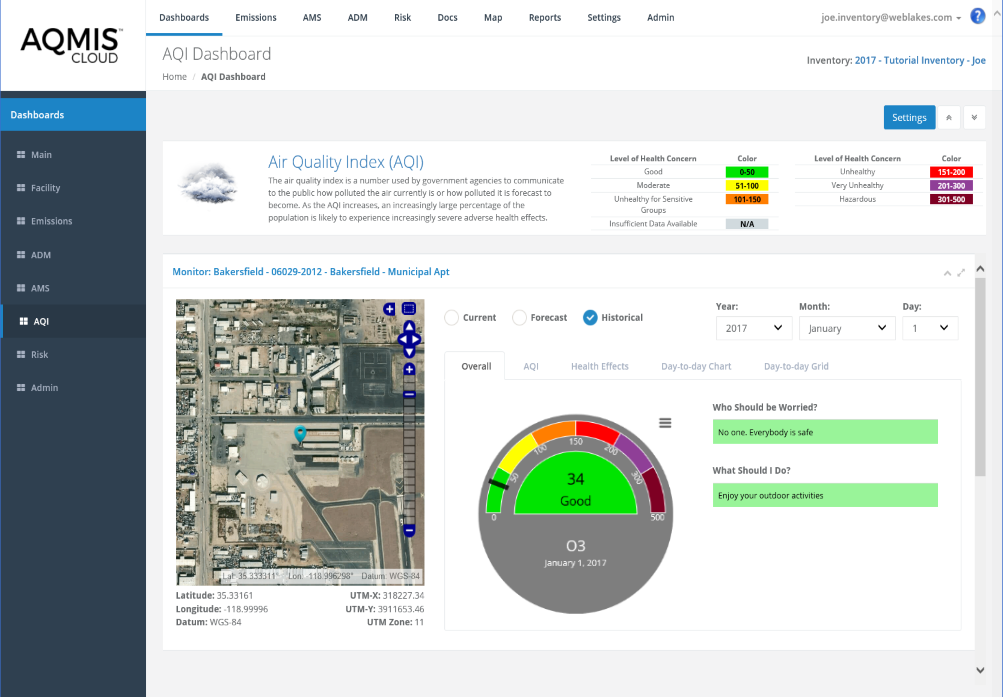Implementing the Ambient Quality Management Information System (AQMIS)
Overview:
An environmental management authority in a Caribbean nation recently implemented the Ambient Quality Management Information System (AQMIS) to modernize and centralize its approach to air quality monitoring and management. Designed as a comprehensive platform, AQMIS integrates multiple data streams, analytics, and visualization tools to provide a holistic view of air quality. The system includes several modules tailored to capture and process emissions, monitor air quality in real time, simulate dispersion patterns, and visualize spatial data.
This case study examines the structure and functionality of AQMIS and its positive impact on the authority’s ability to monitor and manage air quality effectively.
Core Modules and Features of AQMIS
Emissions Module
Monitoring Module
Air Dispersion Module
Analytics Module
Mapping Module
Dashboard Modules


Impact and Benefits
The deployment of AQMIS has significantly enhanced the authority’s capacity to manage air quality. The system’s comprehensive modules and dashboards allow for real-time tracking, analysis, and reporting of air quality data, enabling swift responses to emerging air quality concerns. The mapping module, in particular, has improved spatial analysis capabilities, allowing the authority to visualize pollutant dispersion and evaluate the impact of emissions on surrounding areas.
The integration of meteorological data within the monitoring module has also proven valuable, as it allows for a deeper understanding of how weather conditions influence pollutant concentrations and movements. Moreover, AQMIS supports data-driven decision-making, providing detailed information that helps the authority develop and implement effective policies for environmental protection.
In conclusion, AQMIS has transformed air quality management practices, enabling the authority to operate proactively and transparently. This advanced system not only enhances regulatory compliance but also contributes to public health by providing timely information and insights into air quality.


